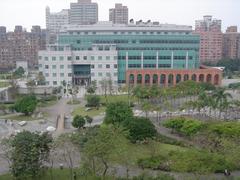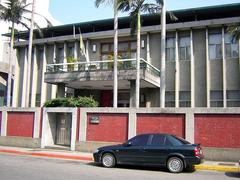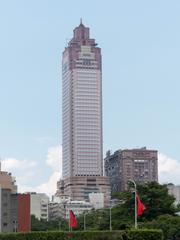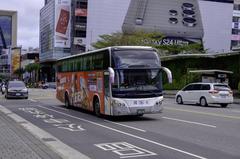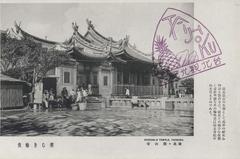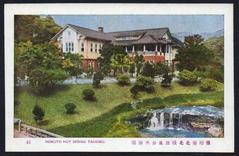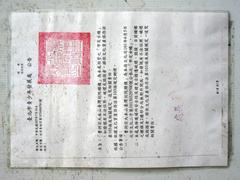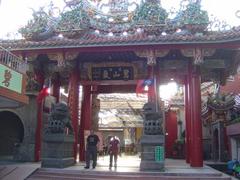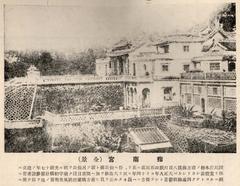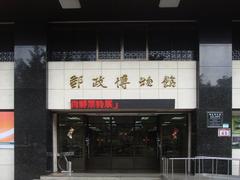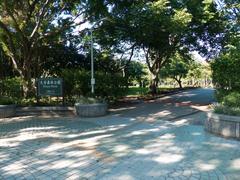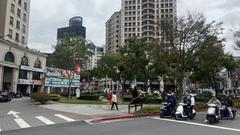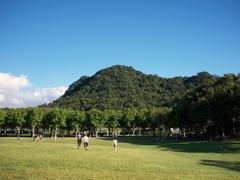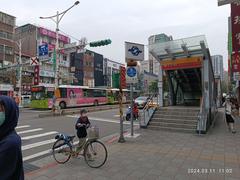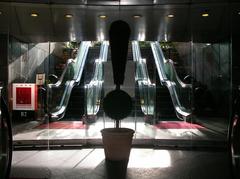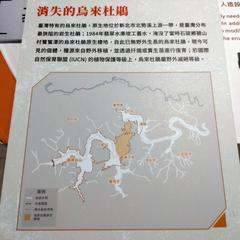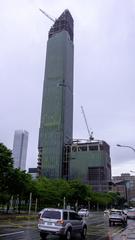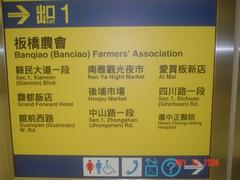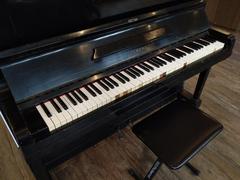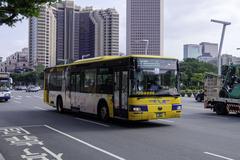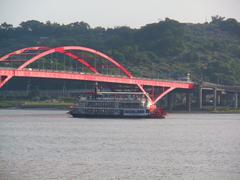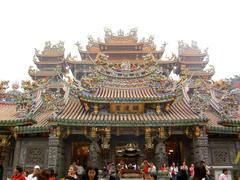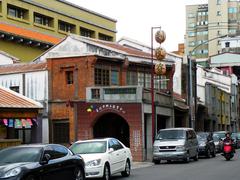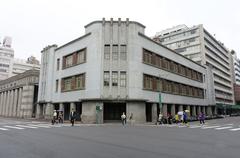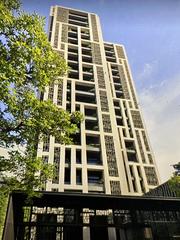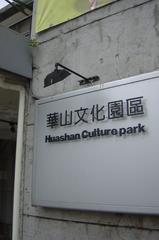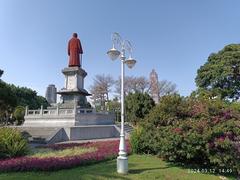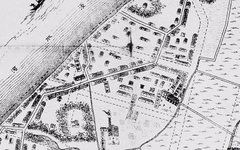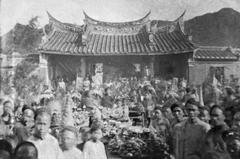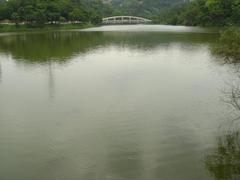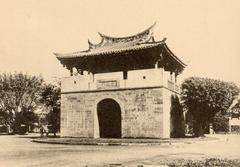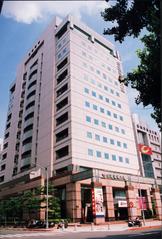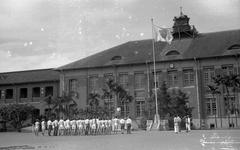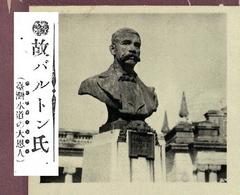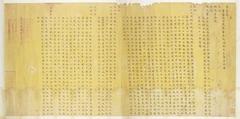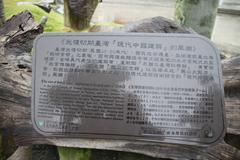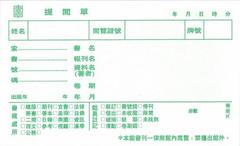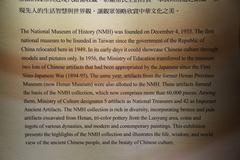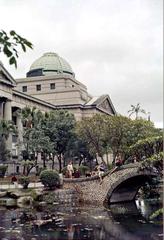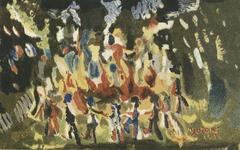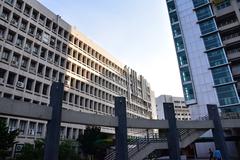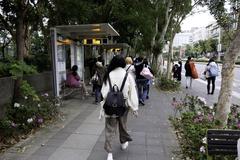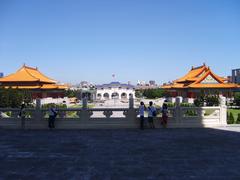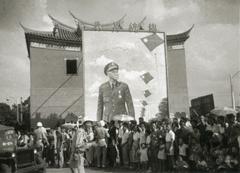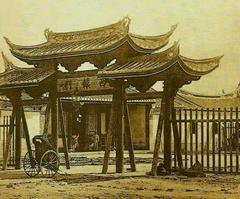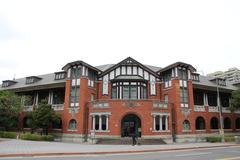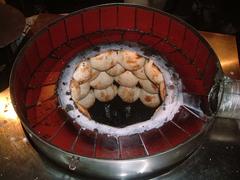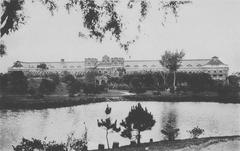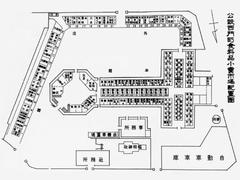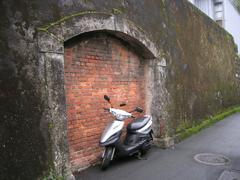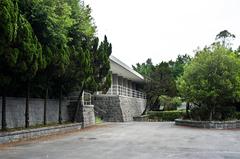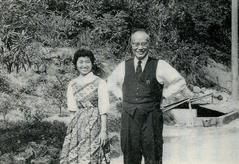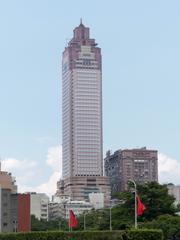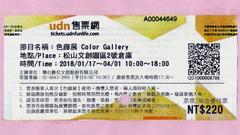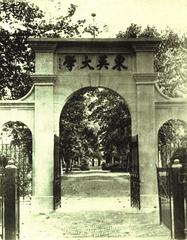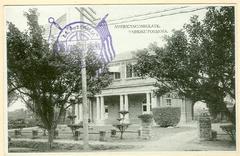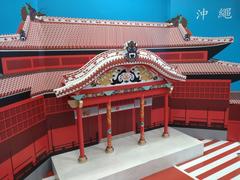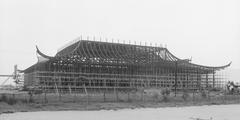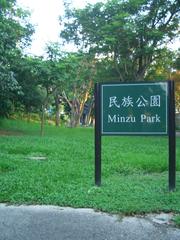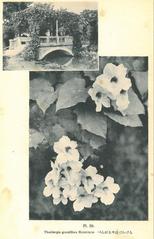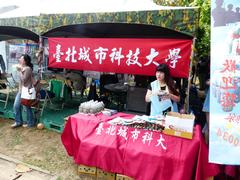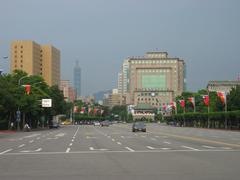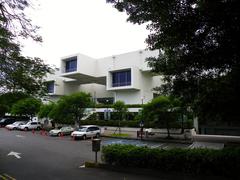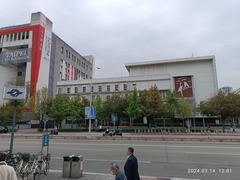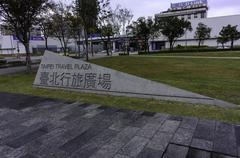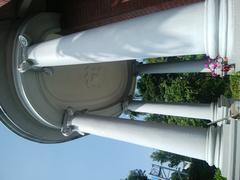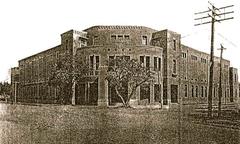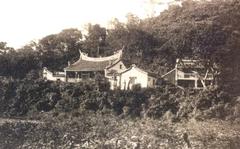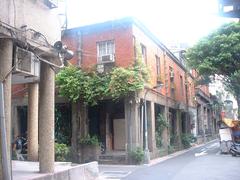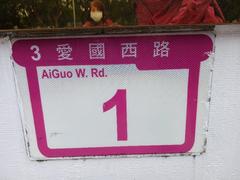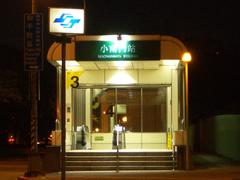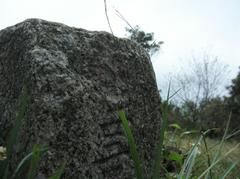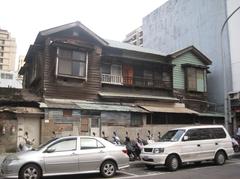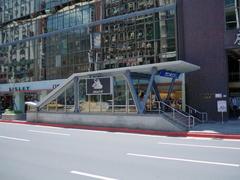Old Taiwan Bank Dormitory: Visiting Hours, Tickets, and Historical Significance in Taipei
Date: 15/06/2025
Introduction
The Old Taiwan Bank Dormitory is a cornerstone of Taipei’s architectural and cultural heritage, offering an intimate view into the city’s layered history. Originally constructed between 1920 and 1940 during the Japanese colonial era, these Japanese-style dormitories housed Japanese officials and, later, Bank of Taiwan staff. Characterized by a unique blend of Japanese wooden architecture and Western influences, the restored cluster now forms the Taiwan Literature Base—a vibrant cultural hub nestled in central Taipei. This guide provides comprehensive information on visiting hours, ticketing, historical context, architectural highlights, and travel tips to enrich your exploration of this significant heritage site (Taipei Times; Ministry of Finance Museum).
Table of Contents
- Origins and Historical Context
- Architectural Features and Urban Landscape
- Visitor Information: Opening Hours, Tickets, and Accessibility
- Post-War Transformation and Community Significance
- Preservation Struggles and Legal Protection
- Cultural Revival and Contemporary Use
- Nearby Attractions and Unique Features
- Visuals and Media
- Frequently Asked Questions (FAQ)
- Conclusion and Call to Action
- References
Origins and Historical Context
The Old Taiwan Bank Dormitory cluster, also known as the Qidong Street Japanese Dorms (齊東街日式宿舍群), stands as one of the few well-preserved examples of Japanese-era residential architecture in Taipei. Constructed primarily between 1920 and 1940, these dormitories originally accommodated Japanese officials and civil servants under colonial rule, and were later used by Bank of Taiwan staff after World War II. The site’s centerpiece, the prestigious “Touqu dormitory,” was once the residence of the bank’s chairman, featuring both Japanese and Western architectural styles (Taipei Times; Ministry of Finance Museum).
Architectural Features and Urban Landscape
This cluster of dormitories exemplifies traditional Japanese wooden construction, including cypress columns, tiled roofs, and tatami-matted interiors. Carefully landscaped gardens and mature trees—many dating from the colonial era—create an urban oasis that contrasts with Taipei’s bustling cityscape. Only seven of the original dormitories remain and have been restored to form the Taiwan Literature Base. The area also includes the Taipei Qin Hall and the Taipei Calligraphy and Painting Garden, further enhancing its historical atmosphere (Taipei Times).
Visitor Information: Opening Hours, Tickets, and Accessibility
- Location: No. 2, Qidong Street, Zhongzheng District, Taipei City, Taiwan
- Opening Hours: Tuesday to Sunday, 10:00 AM – 6:00 PM; closed Mondays and public holidays
- Ticket Price: Free admission; some special exhibitions or workshops may require a nominal fee
- Accessibility: Main exhibition spaces are wheelchair accessible, but some historic areas may have limited access due to preservation needs
- Getting There: A 10-minute walk from Zhongxiao Xinsheng MRT Station (Exit 1)
For the latest updates on visiting hours or special events, consult the Taiwan Literature Base Official Website.
Post-War Transformation and Community Significance
Post-1945, the dormitories served as residences for Bank of Taiwan employees and government officials. In the early 2000s, the site faced redevelopment threats. Community activists, notably Chu-Chen Pao-kuei, led preservation campaigns to save the historic buildings and their gardens. Their efforts not only secured the site’s survival but also instilled a sense of pride and continuity within the local community (Taipei Times).
Preservation Struggles and Legal Protection
Preserving the Old Taiwan Bank Dormitory was a complex process, with illegal demolitions and development pressures threatening its existence. Advocacy and intervention by Taipei City officials led to historic site designation. Notably, the former residence of Yen Chia-Kan, a President of the Republic of China, was listed as a municipal historic site in 1999 and a national historic site in 2000 (Ministry of Finance Museum).
Cultural Revival and Contemporary Use
In December 2020, the Taiwan Literature Base was inaugurated, transforming the historic dormitories into a lively center for literary exhibitions, poetry readings, workshops, and traditional arts classes. The venue regularly hosts guided tours and cultural events, fostering a dynamic link between Taipei’s heritage and contemporary arts (Taipei Times; Taiwan Literature Base Official Website).
Nearby Attractions and Unique Features
Besides the dormitory cluster, visitors can explore:
- National Taiwan Museum
- 228 Peace Memorial Park
- Taipei Botanical Garden
The neighborhood is especially photogenic during cherry blossom season and autumn foliage. Events and cultural festivals at the Taiwan Literature Base further enrich the visitor experience.
Visuals and Media
Insert high-quality images of the Old Taiwan Bank Dormitory’s architecture, tatami rooms, gardens, and cultural events here. Suggested alt tags: “Traditional Japanese architecture at Old Taiwan Bank Dormitory,” “Cultural workshop at Taiwan Literature Base.”
Interactive maps and virtual tours are available on the Taiwan Literature Base Official Website.
Frequently Asked Questions (FAQ)
Q: What are the visiting hours?
A: Tuesday to Sunday, 10:00 AM to 6:00 PM; closed Mondays and public holidays.
Q: Is there an entrance fee?
A: General admission is free; special events may have a small fee.
Q: Is the site accessible for people with disabilities?
A: Main areas are wheelchair accessible; some historic structures may have limited access.
Q: Are guided tours offered?
A: Yes, guided tours are available—check with the visitor center or the official website for schedules.
Q: What is the best time to visit?
A: Spring and autumn for pleasant weather and scenic gardens.
Special Note: Old Taiwan Bank Dormitory in Beitou
A similarly named site exists in Beitou District, Taipei. As of June 2025, the Beitou dormitory is closed to the public due to ongoing administrative disputes (Taipei Times, 2024; Taipei City Government).
- Visiting Hours: Not available
- Tickets: Not available
- Nearby Attractions: Beitou Hot Springs Museum, Beitou Park, and Thermal Valley
Travelers are advised to check with official sources for updates on reopening.
Conclusion and Call to Action
The Old Taiwan Bank Dormitory cluster is a living testament to Taipei’s historical complexity and cultural vitality. Its transformation from colonial-era residences to the Taiwan Literature Base highlights the importance of community engagement and adaptive reuse in heritage preservation. With free admission, accessible facilities, and proximity to other cultural sites, this destination is ideal for anyone interested in Taipei’s history, architecture, or literary scene.
For up-to-date information on events, tours, and exhibitions, visit the Taiwan Literature Base Official Website, consult Taipei City Tourism, or download the Audiala app.
Embrace the opportunity to explore one of Taipei’s most atmospheric and historically rich neighborhoods, where every corner tells a story of resilience and creativity.
References
- Taipei Times: Old Taiwan Bank Dormitory preservation and cultural activities
- Ministry of Finance Museum: Historical overview of Bank of Taiwan and dormitories
- Taiwan Literature Base Official Website
- Taipei City Tourism Official Site
- Taipei City Department of Cultural Affairs: Old Taiwan Bank Dormitory in Beitou
- Taipei Times: Beitou dormitory closure
- Wikimedia Commons: Old Taiwan Bank Dormitory
- Taiwan Insight: Accessibility
- rtaiwanr.com: Taipei Attractions
- theamazingtaiwan.com: Taiwanese Architecture
